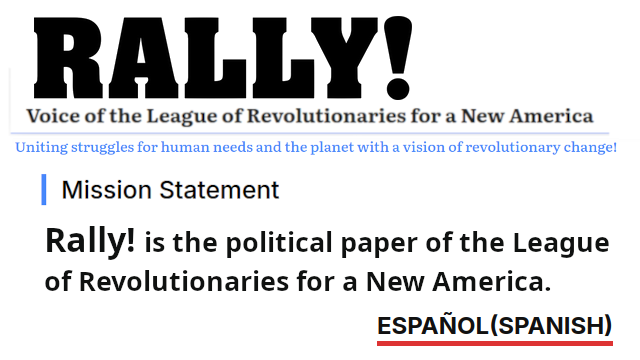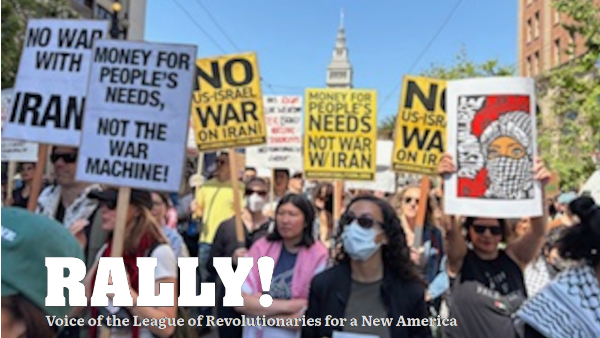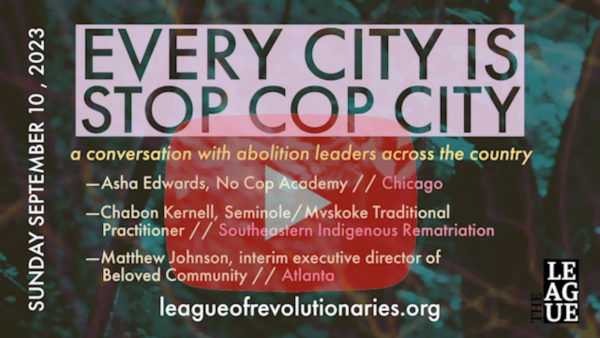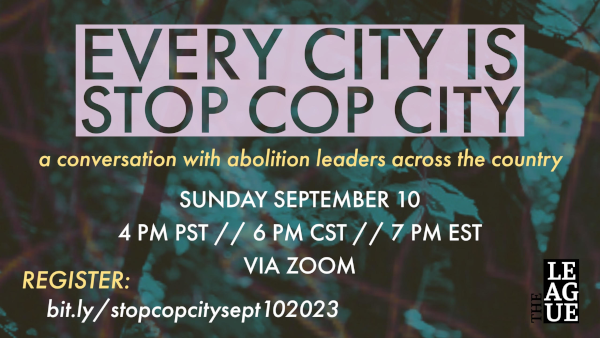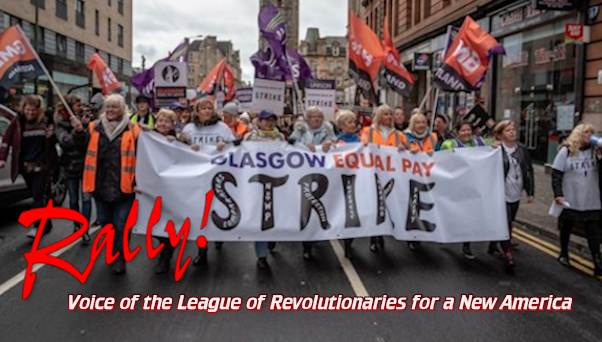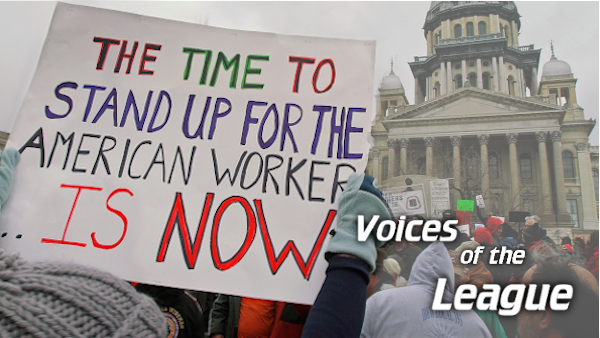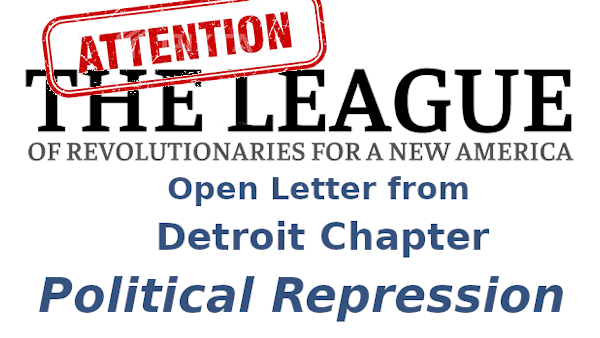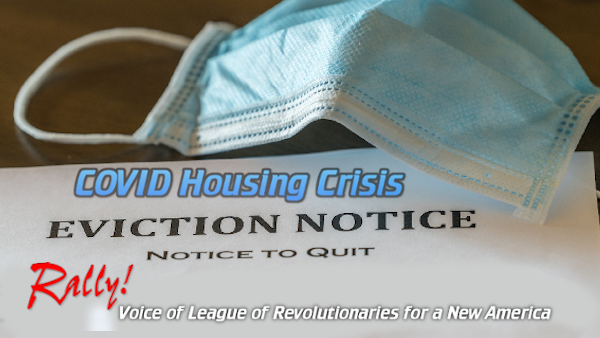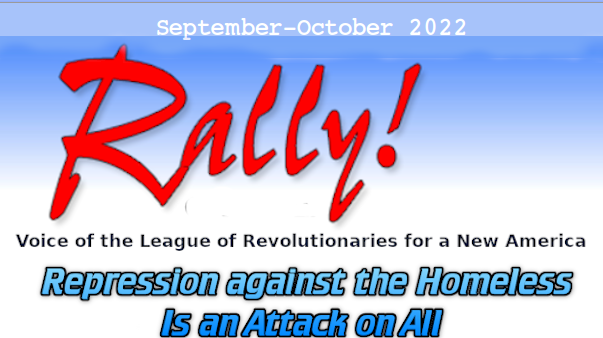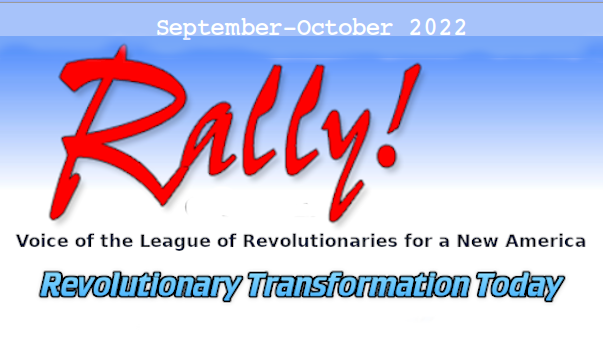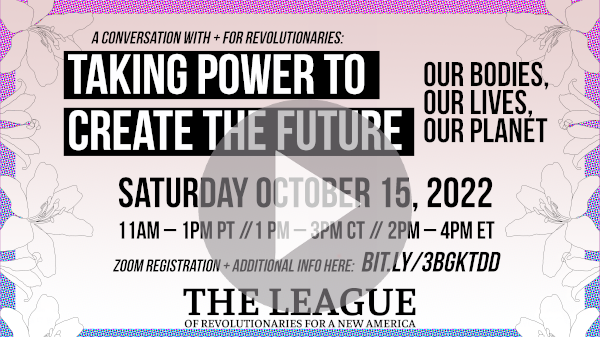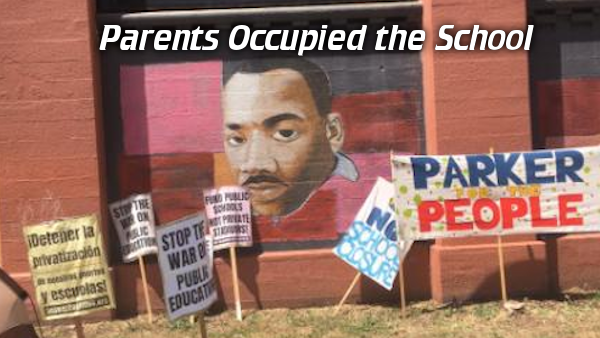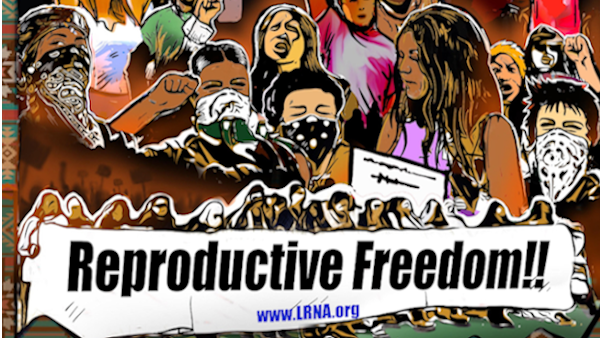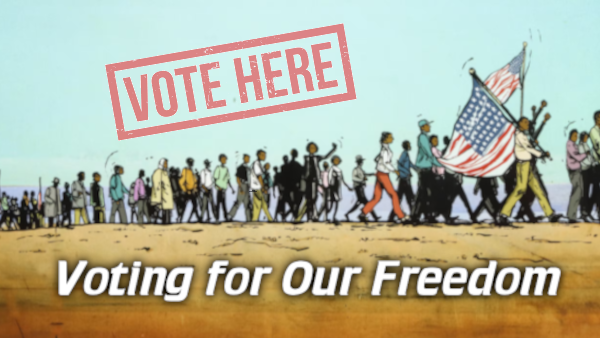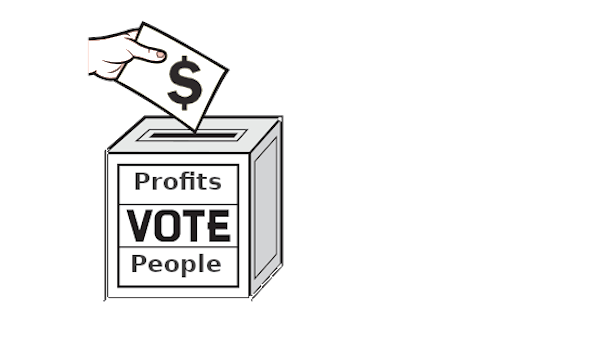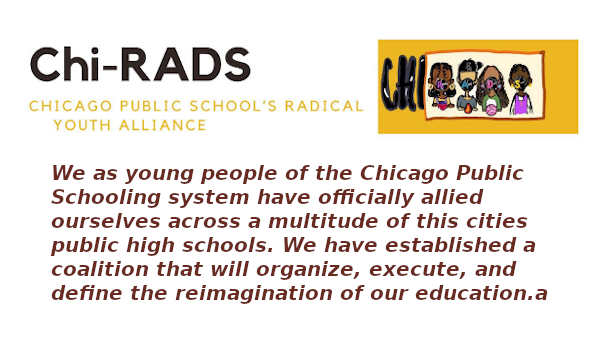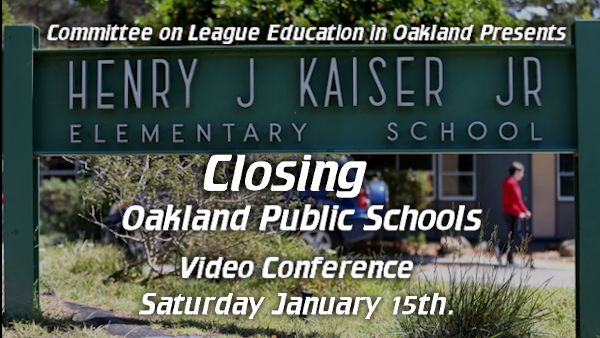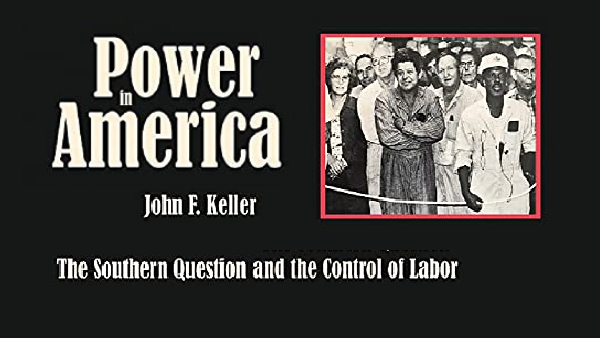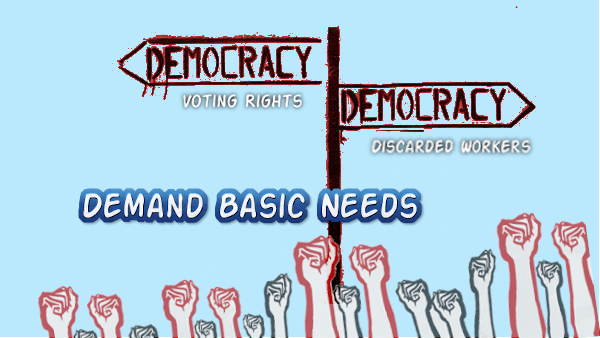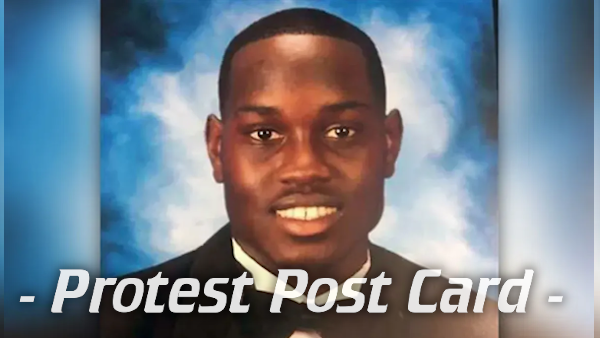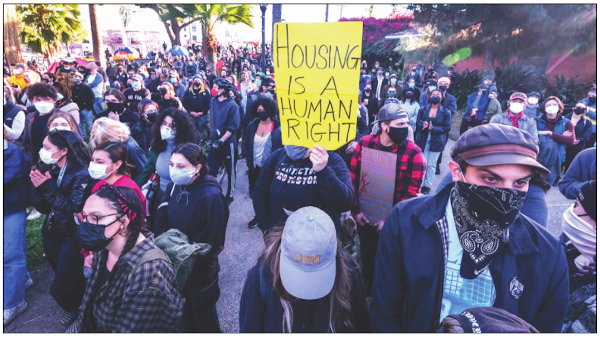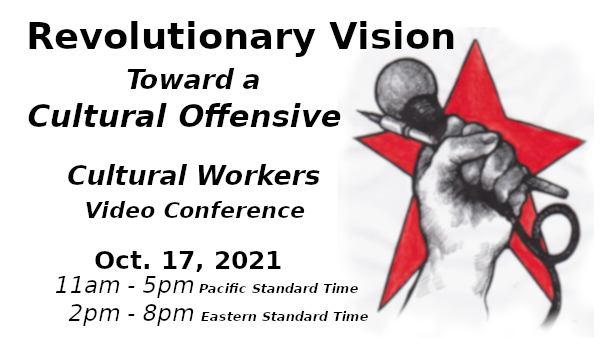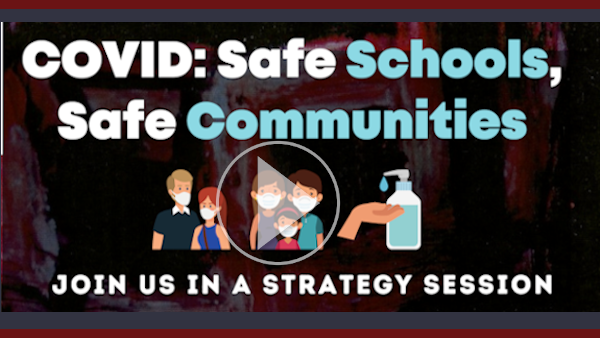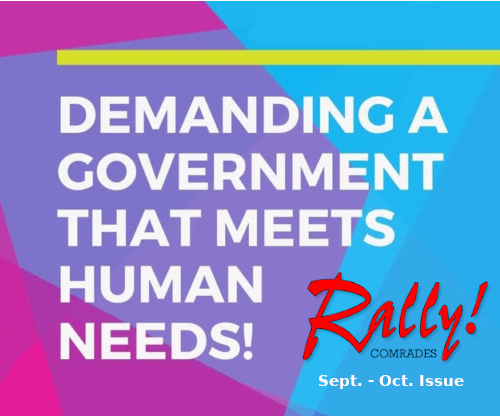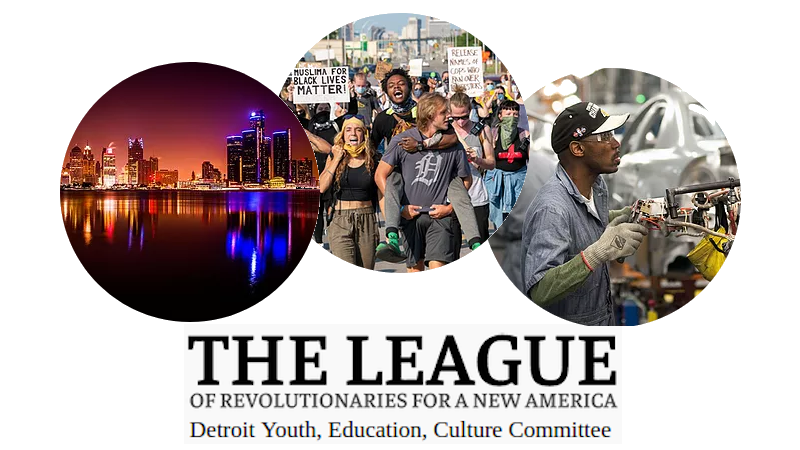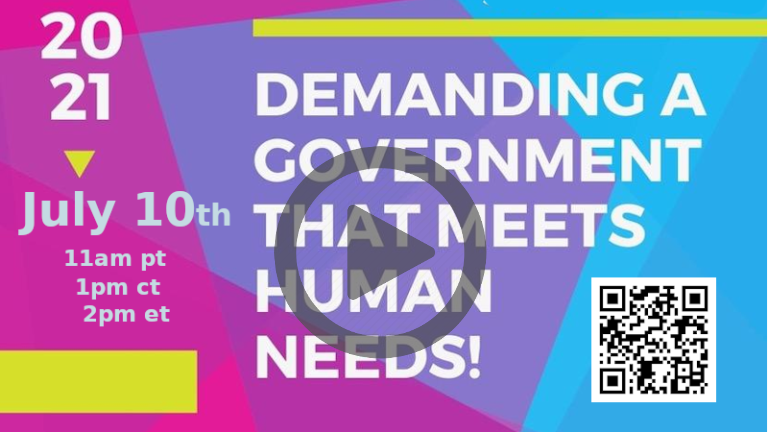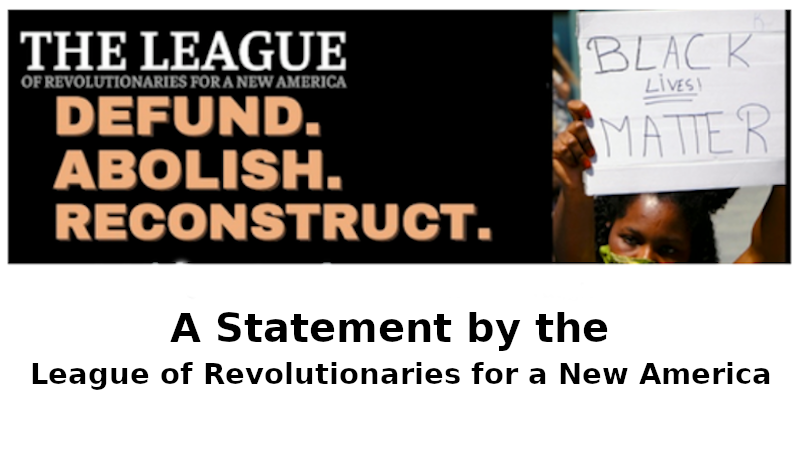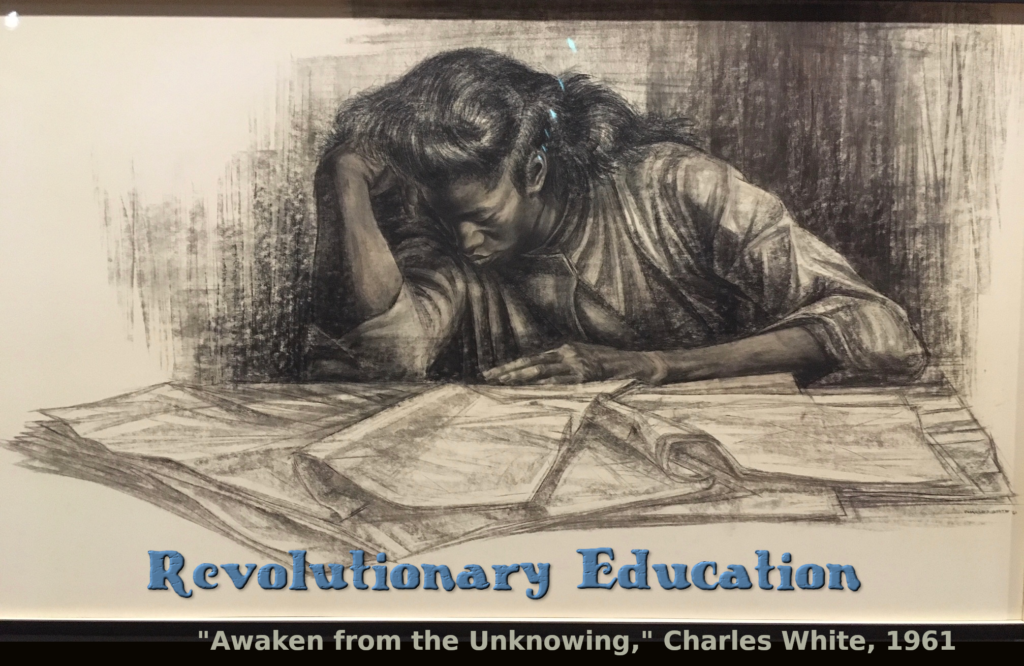Fight for Public Education: Crisis of Student Debt
Crisis of Student Debt
and the Fight for Public Education
The CSU system once hailed nationally for its affordability and accessibility, is now at a crossroads as nearly 400,000 students and their families confront the harsh reality of escalating costs. A new tuition increase has been imposed by the Board of Trustees. With tuition fees expected to rise by more than $2,000 over six years, and ancillary expenses such as health services and materials also on the upward trajectory, the combined cost of attending CSU schools is projected to reach between $8,000 and $9,000 by 2028. For many students, particularly those from low-income families and marginalized communities, these exorbitant costs pose a formidable barrier.
This has led to multiple student protests and walkouts throughout the state. For example, students at Cal State Long Beach have created a coalition among school organizations called Students Against Tuition Hikes, organizing further protests to demand that the Board of Trustees reverse these increases. Meanwhile, faculty and staff throughout CSU campuses have joined rallies against the tuition increase. Their union, California Faculty Association, held their own protests against low pay and conditions, culminating in a January strike which won wage increases but did not fully meet their demands. Further struggle against tuition hikes and for full faculty wages will require solidarity between these two forces, and actions to draw the public’s attention to the misalignment of funding priorities within CSU.
The ramifications of this crisis are profound and far-reaching. Students are forced to make very difficult choices between paying for essentials like textbooks or taking on additional jobs to cover their expenses, all while accumulating crippling debt. The decision by the CSU system to increase tuition by 34% over five years only exacerbates this, further jeopardizing the dreams and aspirations of countless students. At its core, the crisis of student debt represents a fundamental betrayal of the promise of higher education as a pathway to socio-economic mobility and opportunity. What was once seen as a beacon of hope has now become a burden, with each loan statement serving as a painful reminder of the costs of pursuing one’s dreams.
And for many graduates, today’s economy is not providing the well-paid professional careers they dreamed of. New technologies are being used by corporate and government employers to cut workforces to the bone, producing insecurity and overwork instead of realizing possible improvements in job conditions. As college graduates find themselves trapped in low-wage service and gig work, the old narrative of higher education as a bridge to a brighter future is becoming overshadowed by a previously unimaginable thought: is their investment truly worth its promise?
SYSTEMIC CRISIS DEMANDS SYSTEMIC CHANGE:
Moreover, the crisis of student debt is not merely a personal or individual struggle; it is a systemic issue that strikes at the heart of our society’s values and priorities. As tuition costs soar and student debt reaches unprecedented levels, the very essence of public education is under threat. The CSU system, renowned for its diversity and inclusivity, risks losing its foundational principles as financial burdens eclipse the dream of higher education for many.
This crisis is not isolated to the CSU system alone but is symptomatic of a broader trend plaguing public universities across the country. Struggles in the 1960s produced tuition-free, more diverse public universities that served as a vital lifeline for millions of Americans seeking to escape poverty and build a better future. However, the era of affordable public universities subsidized by the state may be coming to an end, as students are increasingly forced to rely on the permission of economic institutions to obtain loans.
The consequences of this crisis extend far beyond individual students and their families. They strike at the very heart of our democratic values and principles, threatening to undermine important foundations of our society. As student debt spirals out of control and public education becomes increasingly commodified, the divide between the haves and have-nots widens, perpetuating cycles of inequality and injustice.
It is critical that we confront this crisis head-on and demand systemic change. The fight for public education is not just about reducing tuition fees or alleviating student debt, it is also about reaffirming society’s commitment to equity, justice, and opportunity for all. That responsibility will not be met solely by the decisions of university administrators and policymakers. It also requires collective action by educators, students, and the wider community. Together, we must challenge these entrenched interests that seek to profit from the privatization of education and advocate for a new vision of public education that is truly inclusive, equitable, and accessible to all.
THEIR CLASS PROGRAM AND OURS:
Financialization of public higher ed through tuition increases that produce massive student debt is the program put forward by the class that owns the banks and corporations. This capitalist program of private profit is completely opposed to the interests of the public. What then is the program of our class, the who have everything to lose and nothing to gain by the protection of corporate private property? Higher education should be free for everyone.
As the public educational system of the industrial era is being dissolved by the new possibilities of electronic technology, it also produces the resources for creating a new public education system that could go beyond what we have now. Revolutionaries grow out of struggles like the fight against tuition and for fair university wages, as they are forced to confront a system that does not guarantee their right to survive. Every issue must be used to directly challenge the capitalists’ right to rule and expose the question of political power. Every action must help us to form ourselves into a political force that can achieve political power for our class. The crisis of tuition and student debt represents a defining moment for our society—a moment that demands bold and decisive revolutionary action. As we confront the challenges ahead, it is important to not lose sight of the transformative power of education to uplift individuals, empower communities, and shape the future of our nation. The time to act is now.

